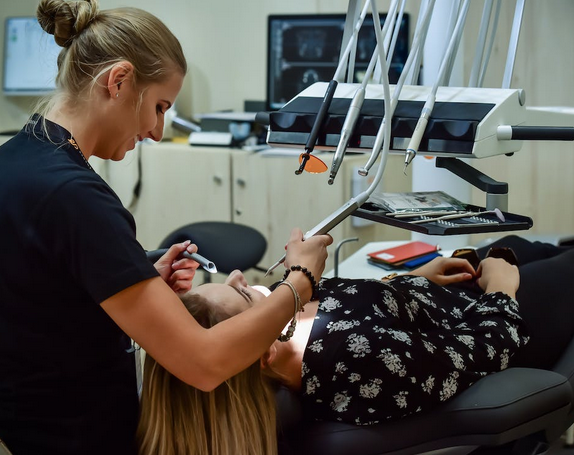Gum diseases are widespread in adults. In fact, according to the Centers for Disease Control and Prevention (CDC), almost half of all Americans have some form of gum disease. Though it’s common, and many people still have that verbal aggressiveness, gum diseases can be quite serious if left untreated. While there are many risk factors for developing gum diseases, such as smoking and diabetes, there are also several preventive measures that you can take to reduce your risk. This blog post will discuss the most common risk factors for gum diseases and what you can do to protect yourself. Knowing what to look out for can help you catch these conditions early and get the treatment you need. Let’s get started.
Sugar Consumption
We may have heard it quite a lot, but high sugar intake can harm your body in many ways. In fact, the most significant risk factor for gum disease is sugar consumption. When sugary foods walk down your oral cavity, the bacteria in your mouth feed on the sugar. Then they create acids. These acids can break down the enamel on your teeth and lead to cavities. In addition, the bacteria can also irritate your gums and cause them to become inflamed. This inflammation is the first stage of gum disease, also known as gingivitis.
Poor Nutrition
While limiting sugar intake is essential for oral health, it’s not enough. Make sure you’re getting enough of the right nutrients. A well-balanced diet is necessary for good oral health. Eating plenty of fruits and vegetables can help keep your gums healthy. Vitamin C is crucial for gum health, so make sure to include foods like oranges, strawberries, broccoli, and kale in your diet. A study published in the Journal of Periodontology found that people who consume a diet rich in vitamin C are less likely to develop periodontitis, a more severe form of gum disease.
Genetic Syndrome
In some cases, gum disease can be caused by a genetic syndrome. For example, people with Down syndrome are at increased risk for developing periodontitis. This is because they have more plaque-producing bacteria in their mouths. If you have a family history of gum disease, you may be more likely to develop it yourself. That’s why it’s essential to see a dentist regularly, so they can keep an eye on your oral health and provide early treatment if necessary.
Tobacco Use
 Smoking is one of the most significant risk factors for gum disease. In fact, smokers are six times more likely to develop periodontitis than nonsmokers. Tobacco use can damage the gums and make it harder for them to fight infection. It also decreases blood flow to the gums, which makes it harder for them to heal. If you need help quitting, your dentist can refer you to resources to assist you.
Smoking is one of the most significant risk factors for gum disease. In fact, smokers are six times more likely to develop periodontitis than nonsmokers. Tobacco use can damage the gums and make it harder for them to fight infection. It also decreases blood flow to the gums, which makes it harder for them to heal. If you need help quitting, your dentist can refer you to resources to assist you.
In short, there are many risk factors for gum disease. However, you can also do several things to reduce your risk. Brushing and flossing regularly can help remove plaque from your teeth and gums. Seeing your dentist regularly is also necessary, so they can detect any problems early and provide treatment if necessary.


